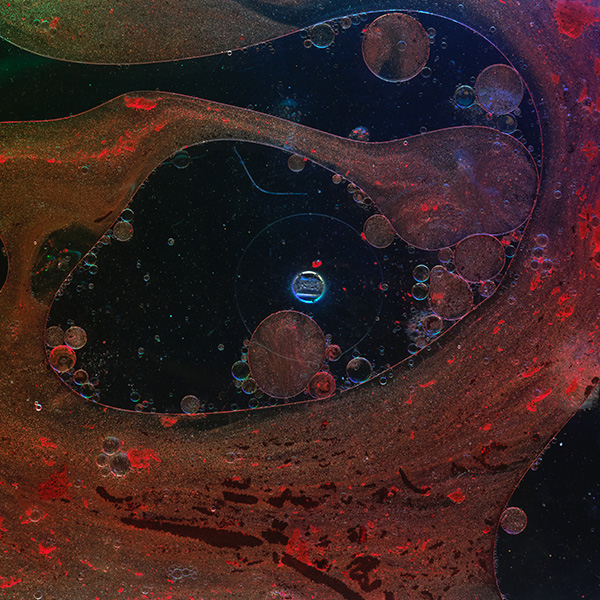Key Benefits
- Check average growth hormone activity to screen for deficiency.
- Spot low growth hormone signaling; low age-adjusted IGF-1 suggests deficiency risk.
- Clarify symptoms tied to deficiency: fatigue, low muscle, belly fat, weak bones.
- Guide next steps: need for growth hormone stimulation tests and pituitary evaluation.
- Titrate therapy: adjust growth hormone dose to keep IGF-1 age-appropriate.
- Track trends: monitor long-term response and adherence without day-to-day hormone swings.
- Clarify influences on results: nutrition, thyroid, liver disease, diabetes, and oral estrogens.
- Best interpreted with growth hormone stimulation tests, pituitary history, and age-specific ranges.
What are GH Deficiency
GH deficiency biomarkers are measurable signals that capture the activity of the growth hormone system (the GH–IGF-1 axis). They reflect two essentials: whether the pituitary is releasing growth hormone (GH) and whether the liver and other tissues are responding by producing downstream messengers like insulin-like growth factor 1 (IGF-1) and its carrier protein IGFBP-3 (insulin-like growth factor–binding protein 3). Because GH is released in short bursts, a single GH snapshot can miss the true picture; these biomarkers smooth that pulsatile noise into steadier indicators of overall GH action across the day. Together, they reveal how well the body is supporting linear growth, protein building, healthy body composition, bone remodeling, and balanced glucose and lipid metabolism. In suspected GH deficiency, biomarker testing helps detect insufficient hormone drive, estimate the biological impact, and establish an objective baseline for tracking response to therapy. In short, these markers translate a complex hormone rhythm into a clear view of growth hormone sufficiency in the body.
Why are GH Deficiency biomarkers important?
GH Deficiency biomarkers tell you how well the growth hormone–IGF axis is powering repair, growth, and metabolic balance across the whole body—muscle and bone build, fat distribution, glucose handling, cardiovascular tone, and even mood and vitality.
Because GH is released in pulses, we read its downstream signal: IGF-1 (and often IGFBP-3). Labs report age- and sex-specific reference ranges. In general, an IGF-1 near the middle of your age-adjusted range points to adequate GH action; values well below that range raise concern for deficiency, while clearly elevated values suggest excess. IGF-1 is naturally higher in puberty, falls with age, and rises in pregnancy due to placental growth hormone.
When IGF-1 is low for age, it reflects weak GH receptor signaling in the liver and tissues, shifting the body toward catabolism. Adults may notice fatigue, reduced exercise capacity, central fat gain with loss of lean mass, low bone density, unfavorable lipids, insulin resistance, and lower quality of life. Children show slow height velocity and delayed skeletal maturation; teens may have delayed puberty. Women often experience more impact on bone and body composition; men may note reduced vigor and strength.
Markedly high IGF-1 points the other way—GH excess—leading to tissue overgrowth (enlarged hands/feet/jaw), headaches, sweating, sleep apnea, insulin resistance, and cardiometabolic strain; in children it drives rapid linear growth.
Big picture: the GH–IGF axis integrates with thyroid, gonadal, adrenal, sleep, and nutrition pathways. Its biomarkers forecast body composition, bone strength, cardiometabolic risk, and healthy aging, making them central to long-term systemic health.
What Insights Will I Get?
Growth hormone (GH) signaling shapes how the body builds and repairs tissues, manages fuel, and maintains cardiovascular, bone, and brain health. When GH is insufficient, people may experience lower energy, unfavorable body composition, and reduced resilience. At Superpower, we test IGF-1 to assess this axis.
IGF-1 (insulin-like growth factor 1) is produced mainly by the liver in response to GH and mediates many of GH’s anabolic and metabolic effects. Unlike GH, which pulses throughout the day, IGF-1 is relatively stable, making it a practical surrogate for overall GH activity. Low IGF-1, interpreted against age- and sex-specific norms, is consistent with reduced GH signaling and supports the possibility of GH deficiency.
For stability and healthy function, IGF-1 reflects the system’s capacity to build and maintain lean mass, preserve bone remodeling, and handle glucose and lipids efficiently. An IGF-1 level within the expected range for age generally indicates adequate GH-IGF signaling that supports metabolic flexibility, exercise capacity, and tissue repair. A level low for age suggests diminished anabolic tone: less muscle protein synthesis, more visceral fat tendency, less favorable lipid handling, and reduced bone turnover—patterns that align with the physiology of GH deficiency.
Notes: IGF-1 varies with age (peaks in adolescence, declines with age), sex, and pubertal status. Pregnancy, acute illness, liver disease, malnutrition, hypothyroidism, uncontrolled diabetes, and obesity can alter levels. Oral estrogens and glucocorticoids lower IGF-1; androgens and GH therapy raise it. Assay methods differ across labs, so reference intervals are method-specific.







.avif)



.svg)





.svg)


.svg)


.svg)

.avif)
.svg)










.avif)
.avif)
.avif)


.avif)
.png)


